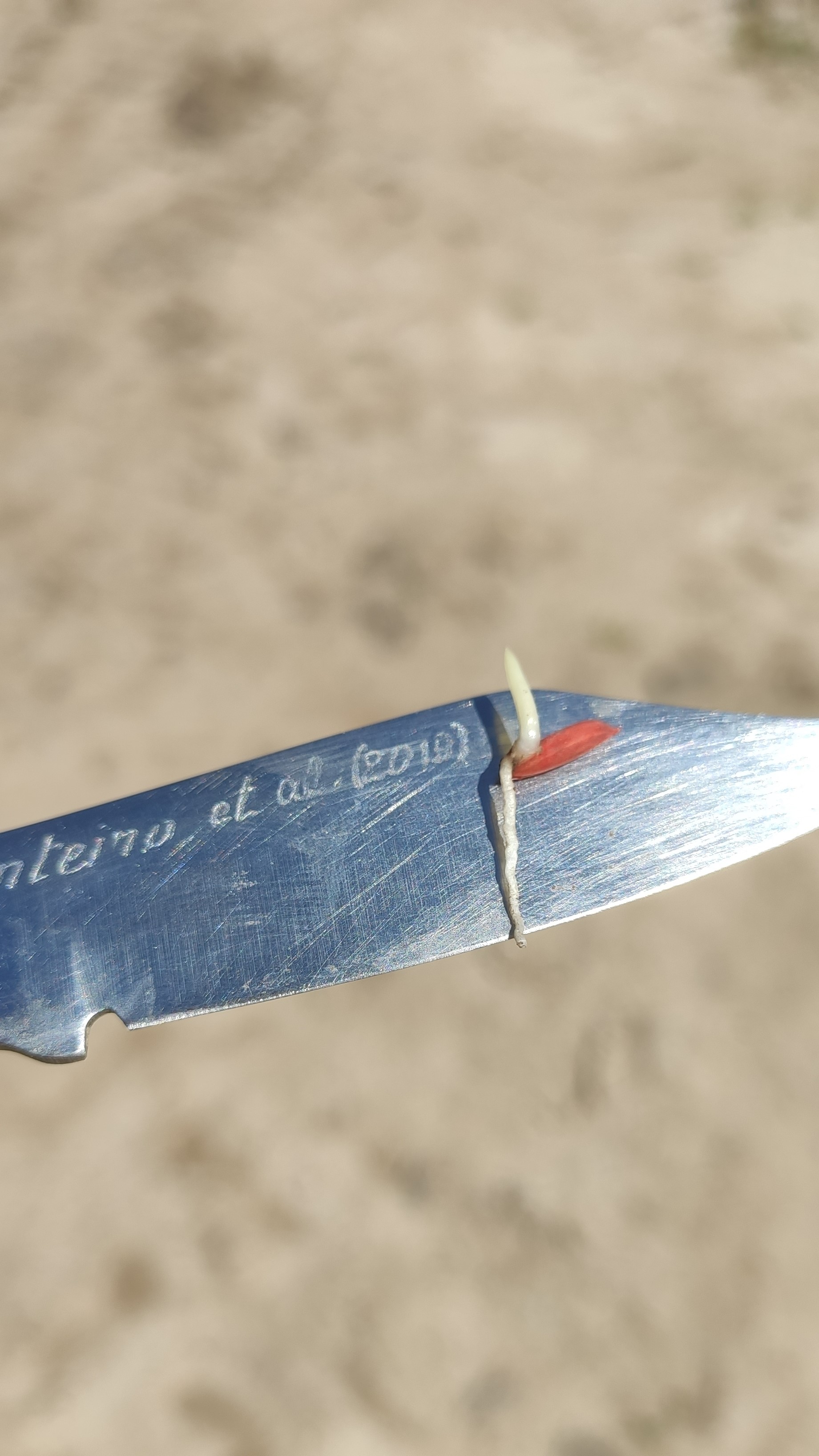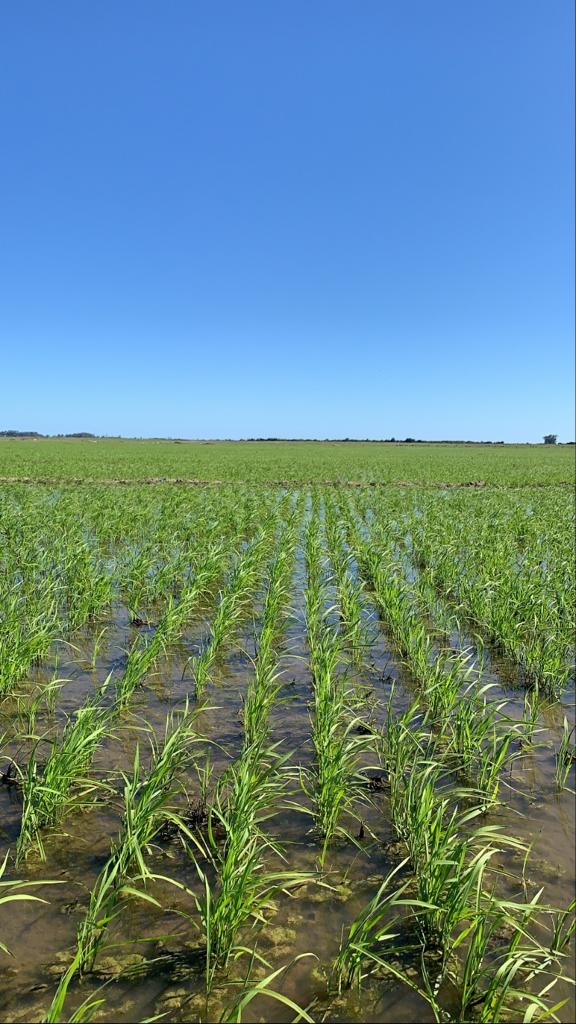Among the rice cultivation methods in Rio Grande do Sul, the irrigated predominates. Which means that from a certain point in the production cycle, the producer needs to flood the crop, maintaining a uniform water level until the end of the cycle. This practice limits the emergence of many weeds, making it an important control method. On the other hand, this practice alone is not efficient enough to guarantee high levels of productivity, making the use of herbicides necessary.
For weed control there are mainly three intervention moments, regionally called: desiccation application, needle point application and water inlet application. At this time of year, we are between needle stitch applications and about to begin water inlet applications. For these phases to be well defined and facilitate management, the uniformity of development must be as high as possible, and for this, good management in soil preparation, making of rammed earth and at sowing time are very important to achieve this goal.
Conceptualizing: needle stitch – application carried out before the first rice leaf expands completely. At this point, there is no absorption of the herbicide. This phase is the “last chance” to use glyphosate in the field. Considered very important since it is a molecule that has high control efficiency, as we have few cases of resistance to this mechanism of action when we talk about irrigated rice.
Attention points:
- The use of pre-emergent herbicides in this application is very important, as we still have a long period until the next application, thus facilitating the establishment of the crop without the interference of weeds.
- Since in this application we will almost necessarily use glyphosate, we must be very careful with drift for fields that have already passed this phase.
- The survey of which plants are present in the area, as well as a history of resistance, must be done in order to rotate adequate mechanisms of action for each situation.

Rice in needle point. Photo: Jeferson Quevedo - Research and Development Assistant at 3tentos.
Conceptualizing: water inlet – application carried out between stages of development V3-V4. The ideal management consists of flooding the area within 48 hours after application, mainly for greater efficiency of the applied herbicides.
Attention points:
- In this application, you must consider which plants are present in each stand, as well as the resistance history of each plant, as this aspect can vary from stand to stand. This leads us to choosing the most suitable herbicide for each situation.
- Use of pre-emergence is also important, as irrigation management is not perfect in all fields. In this way, we mitigate any failure that may occur in the maintenance of the water depth.
- Depending on the region and planting season, we must be careful at low temperatures. Some cultivars may be more sensitive to certain chemical groups, as well as some formulations may also be more prone to phytotoxicity, especially if we have temperatures below 14°C on average.

Flooded crop after herbicide application. Photo: Gustavo Dias Grill.
Among the most relevant weeds, we have barnyardgrass (Echinochloa cruspavonis) or inço and, more recently, rush (Cyperus sp.). In addition to these, there is also red rice (Oryza sativa L.), which causes a bad appearance of the grains for the final consumer, due to its color (red or black).
Thus, we reinforce that rice crops in the state of Rio Grande do Sul have a very large environmental variability. Sowings ranging from September 1st to November 15th, for example. Bringing realities of temperature (air and soil), light and different rainfall. Directly affecting the dynamics of rice and weed development.




